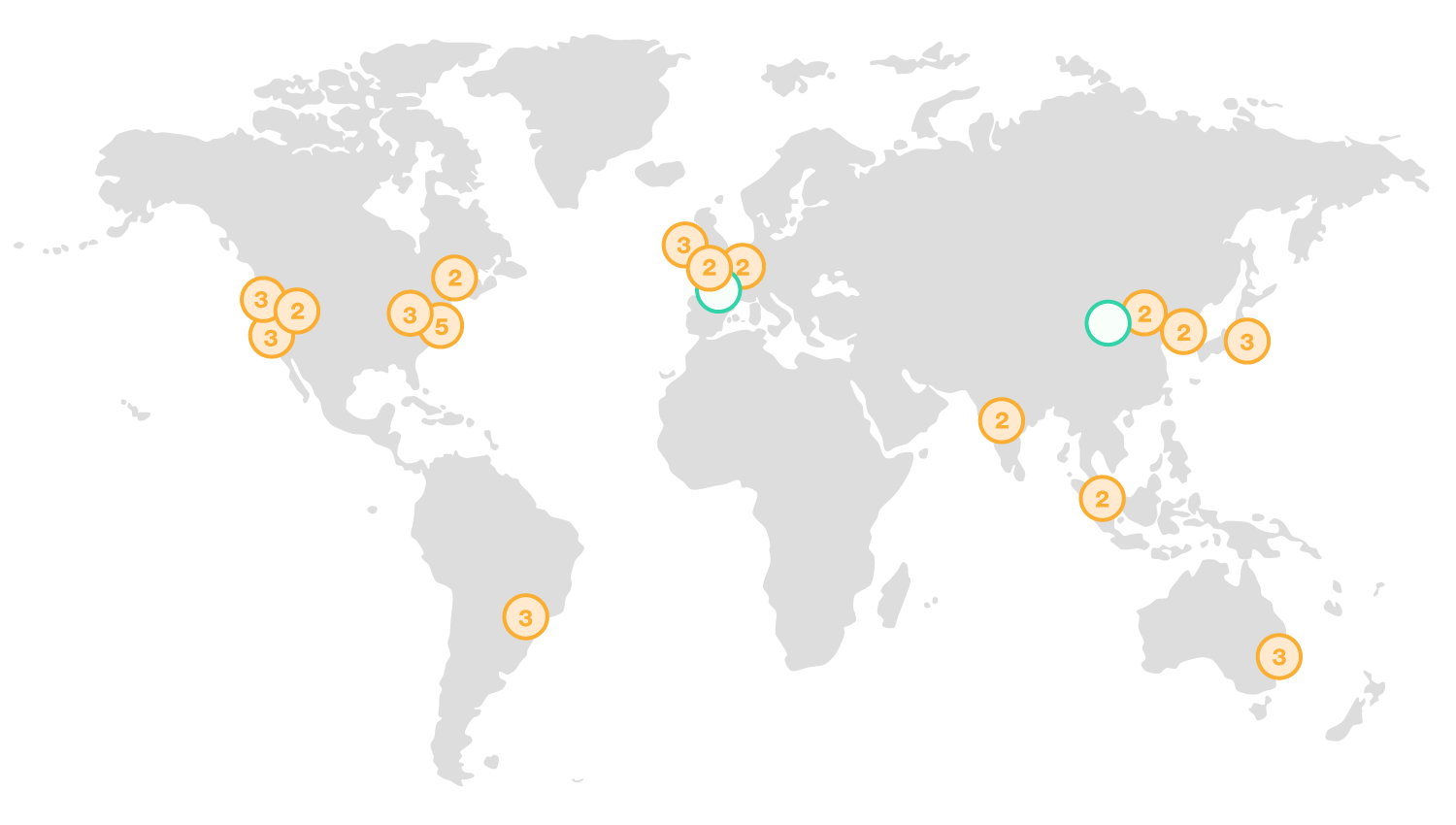The world’s number one infrastructure as a service provider, Amazon Web Services (AWS), has announced its plans to open data centers in Sweden next year. Amazon’s data center footprint is classified into regions and availability zones, with each region having multiple availability zones, and each availability zone having at least one data center.
As of now, AWS has 16 infrastructure regions around the world, with 42 availability zones spread across those regions. Amazon expects to add five more availability zones in France and China as well.

“For over a decade, we’ve had a large number of Nordic customers building their businesses on AWS because we have much broader functionality than any other cloud provider, a significantly larger partner and customer ecosystem, and unmatched maturity, reliability, security, and performance,” said Andy Jassy, CEO, AWS
Datacenter footprint is extremely vital for a cloud infrastructure provider. Not all businesses would be willing to host their data in far away locations. Highly regulated segments, for instance, prefer to keep their data within the shores of their country, and regional players will prefer to keep their applications hosted as close to their customers as possible. If all your customers are in Sweden, why would you want to keep all your data in London?
That’s the reason why most infrastructure providers try to have at least some presence in major countries across the world. Ideally, all the top service cloud providers would love to have at least one data center in each country across the globe, but they first need to get a firm foothold in high-demand regions such as North America, Europe and Asia Pacific.
Thanks for reading our work! We invite you to check out our Essentials of Cloud Computing page, which covers the basics of cloud computing, its components, various deployment models, historical, current and forecast data for the cloud computing industry, and even a glossary of cloud computing terms.
Source: Press Release



